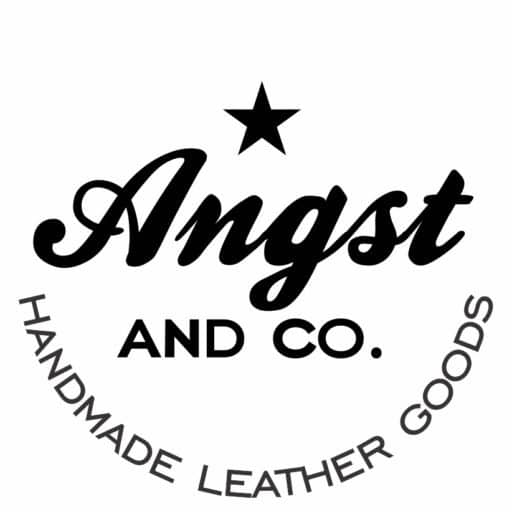In the world of craftsmanship, few materials evoke the same sense of timeless elegance and durability as leather. From sleek wallets to rugged bags, the art of hand sewing leather allows artisans to create pieces that stand the test of time. In this guide, I’ll delve into what you need to hand sew leather, including some of the essential tools, focusing on the thread, punch, mallet, and needles that are important to the process.
I’m including some affiliate links to products for your convenience. If you choose to purchase after clicking a link, I may receive a commission at no extra cost to you.
Thread:
- Choosing the right thread is crucial for successful leather sewing. Unlike fabric sewing, where standard thread suffices, leather requires a durable and robust option to withstand its tough surface. Waxed polyester or nylon thread is a popular choice among leather workers due to its strength and resistance to abrasion. The wax coating adds additional durability and helps the thread grip the leather fibers securely, preventing unraveling over time. Additionally, colored threads can add character and contrast to your leather projects, allowing you to personalize your creations with flair. This 0.8mm thread is an affordable and great option if you are just starting out.
Punch:
- A leather punch is a fundamental tool for creating holes in the leather before sewing. The punch should have a sharp, tapered point that can pierce through the leather effortlessly, ensuring clean and uniform holes without tearing or distorting the material. Depending on your project’s requirements, you can choose from various punch sizes to accommodate different thread thicknesses and stitching patterns. Additionally, consider investing in a rotary punch for larger projects or intricate designs, providing versatility and ease of use. I use this single 1mm punch, and I also have a revolving punch with different hole sizes to meet different needs.
Mallet:
- A mallet is an essential tool for hand sewing leather, used to drive the punch through the material. Unlike hammers, which can cause damage or deformation to your tools, mallets have a softer impact and distribute force evenly. When selecting a mallet for leatherworking, look for one made from rawhide, nylon, or even wood, as these materials provide the ideal balance of weight and impact resistance. Nylon mallets seem to be the most used. A properly chosen mallet ensures smooth and consistent holes, resulting in professional-quality finishes on your leather projects.
Needles:
- Stitching needles are the backbone of hand sewing leather, allowing artisans to bring their creative visions to life with precision and finesse. These needles are usually blunt tipped needles, so they don’t pierce the fibres of the leather when you insert it into your premade hole. You may have to try a few different sizes before you figure out which you prefer. Unlike conventional sewing needles, leather needles (also known as harness needles) are thicker and more robust. Leather needles come in various sizes to accommodate different thread thicknesses and project requirements, ensuring optimal performance and stitch quality.
Hand sewing leather is a time-honored craft that requires skill, patience, and the right tools. By selecting the correct thread, punches, mallets, and needles, you can elevate your leatherworking projects, creating pieces that are elegant and durable. Whether you’re a seasoned artisan or a novice enthusiast, mastering the art of hand sewing leather opens up a world of creative possibilities, allowing you to craft bespoke pieces with timeless charm and craftsmanship.

